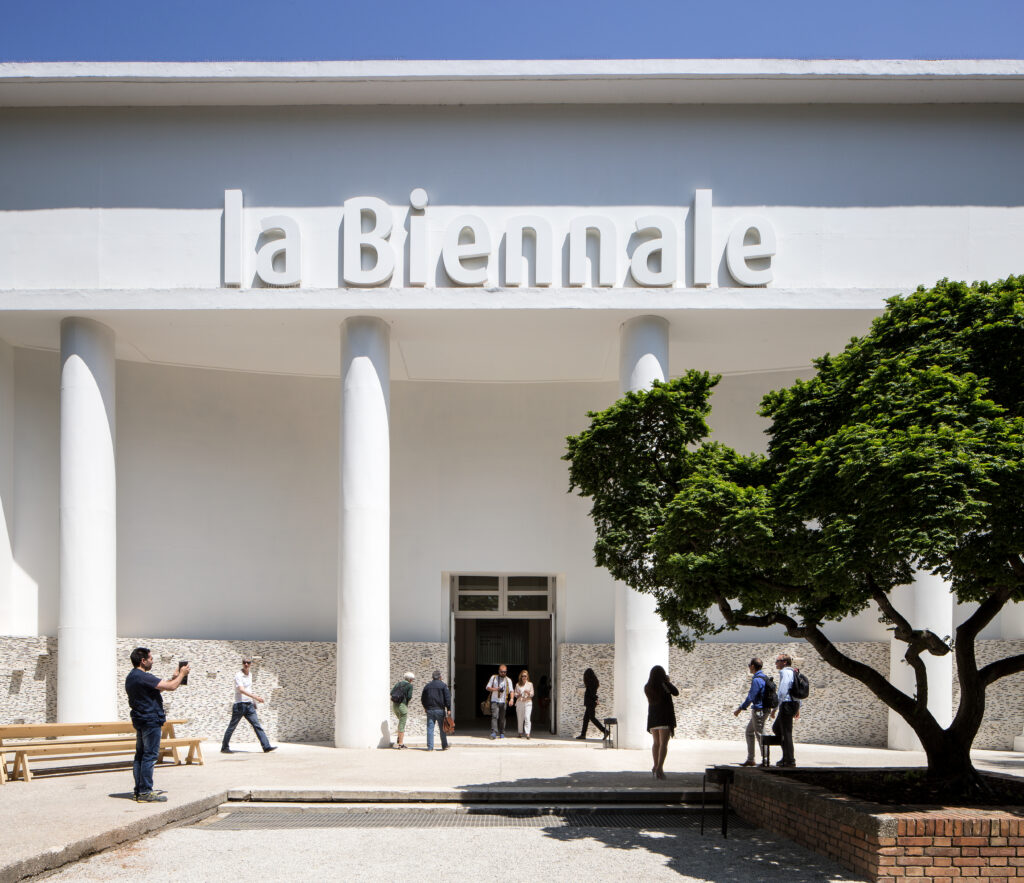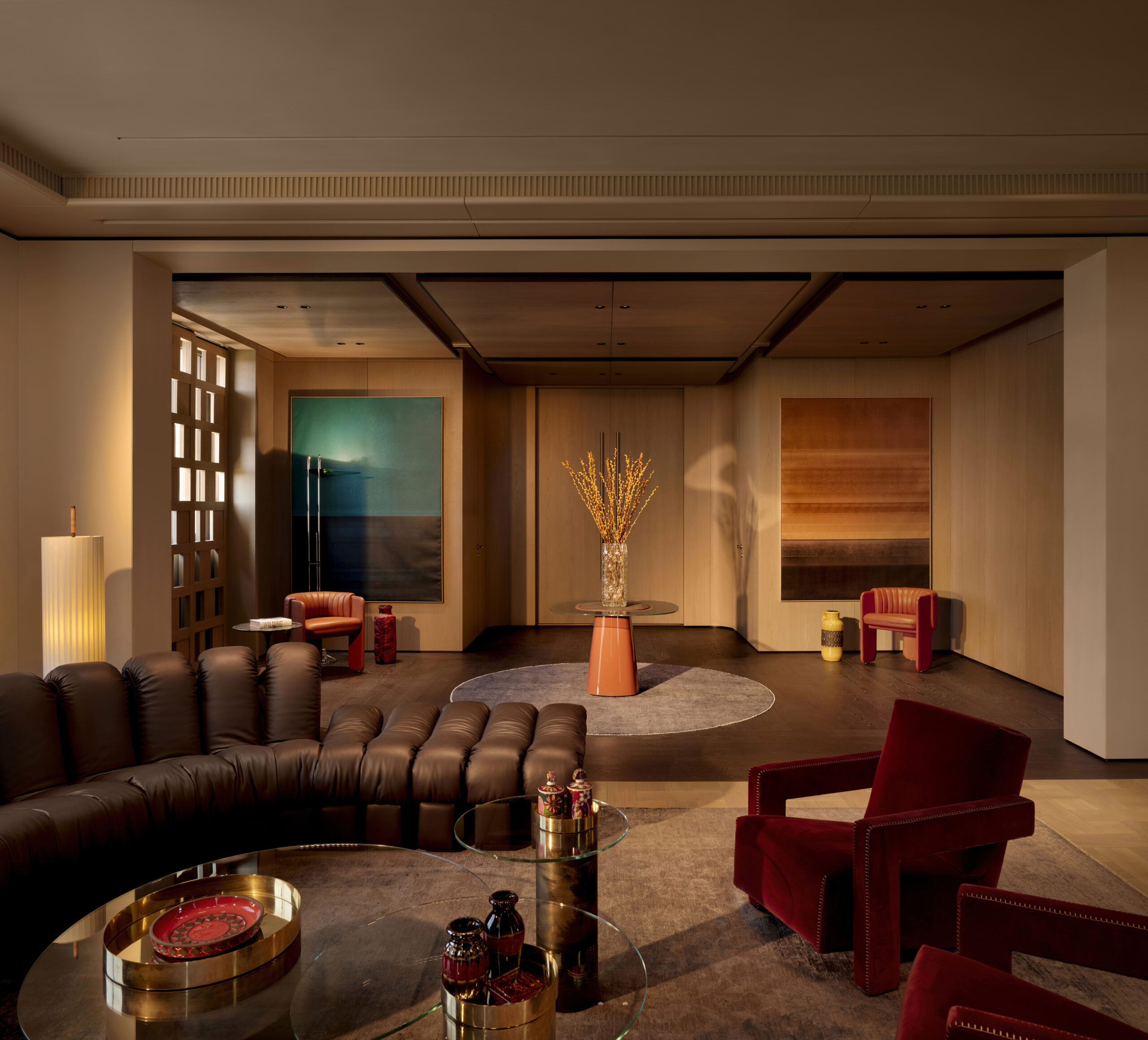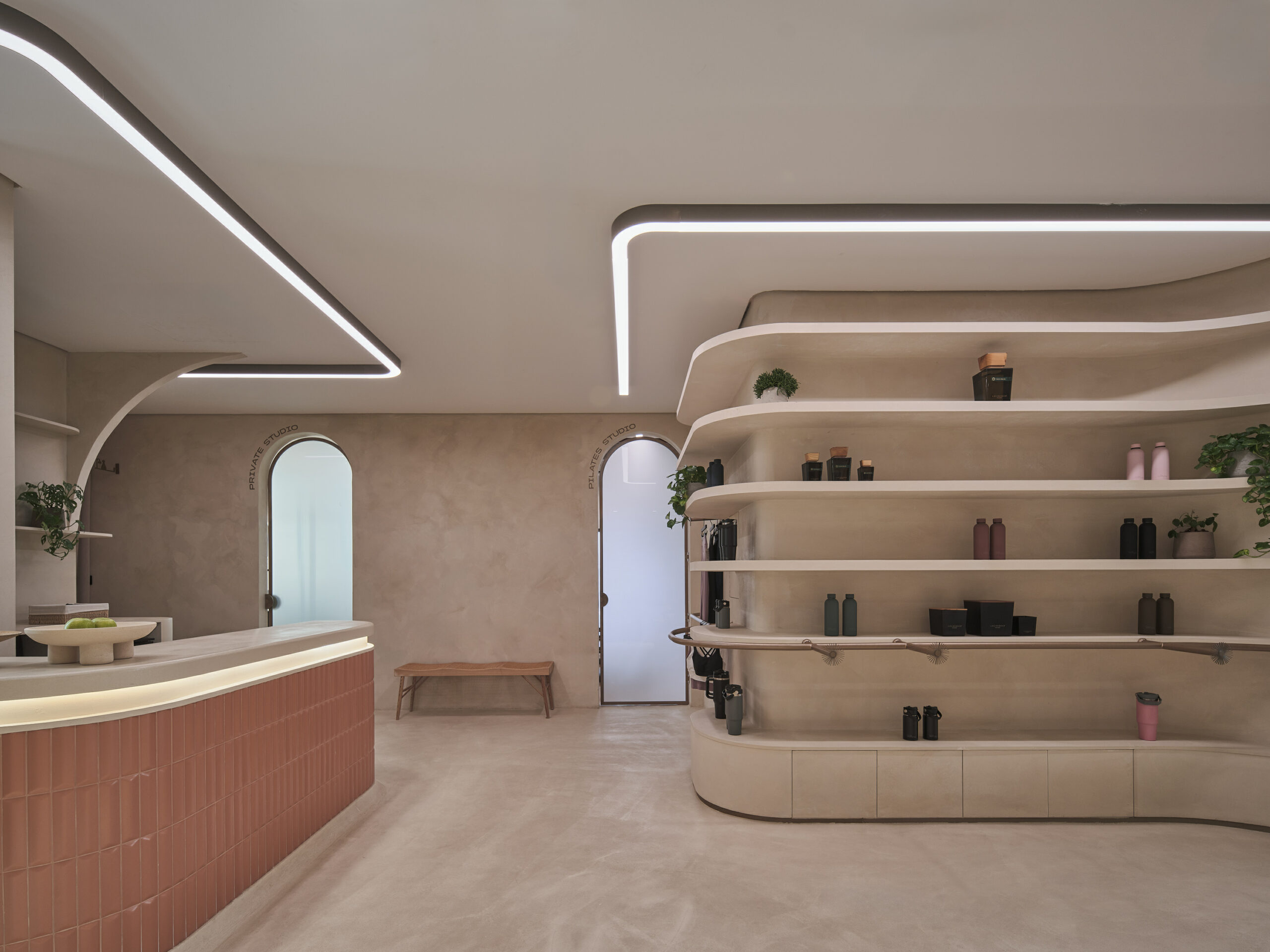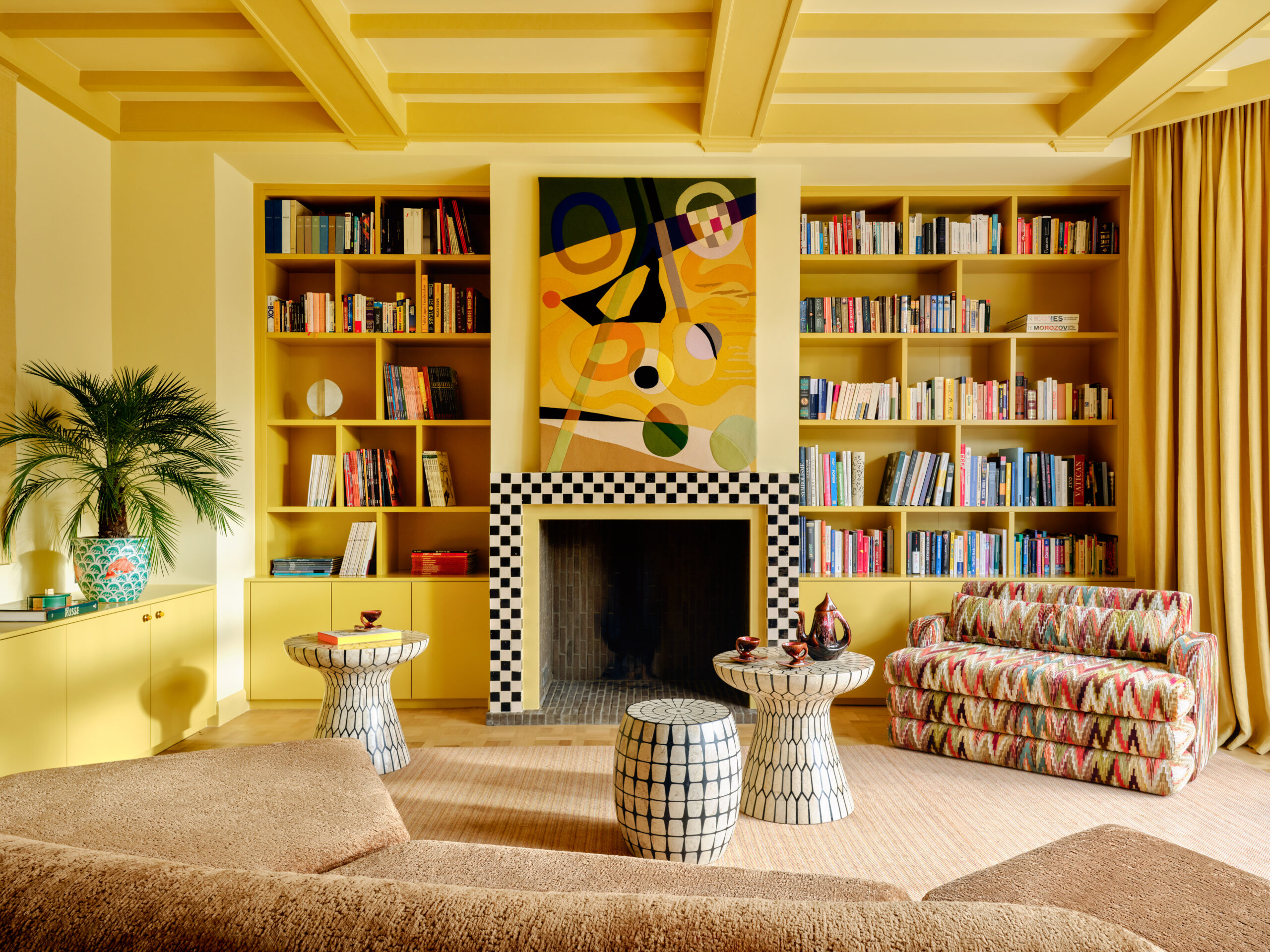Words By Allegra Salvadori | Photography by Francesco Galli and Ismail Noor | Images courtesy of La Biennale di Venezia
At the 19th International Architecture Exhibition of La Biennale di Venezia, the UAE’s National Pavilion opened a conversation that’s as urgent as it is unexpected: what if architecture could feed us?
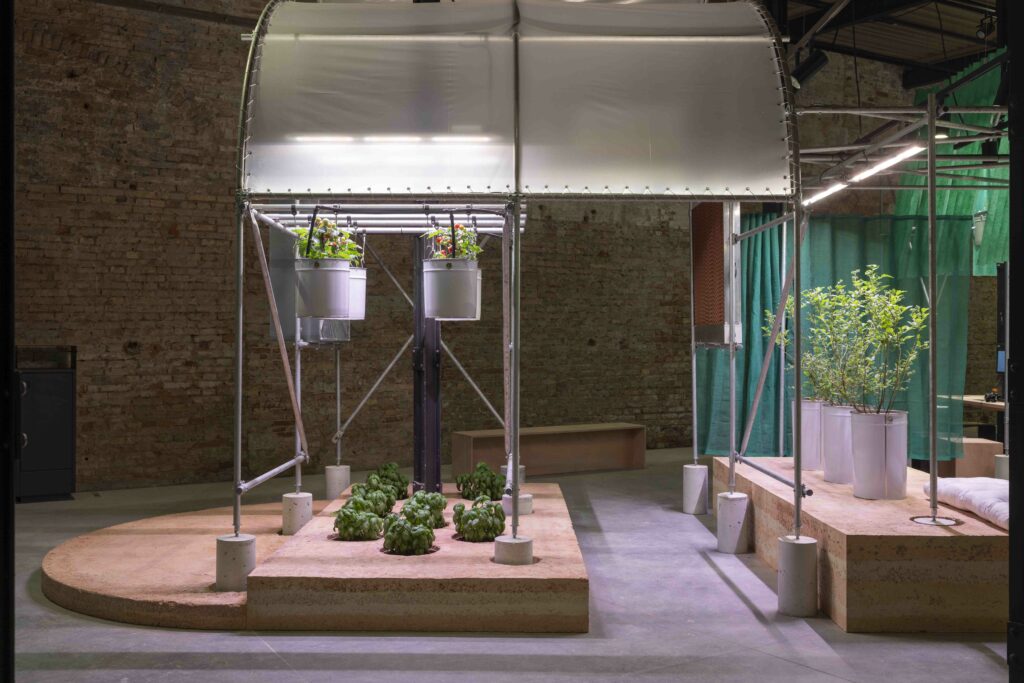
Curated by Emirati architect Azza Aboualam, Pressure Cooker reimagined the greenhouse as more than a structure—it becomes a strategy. Rooted in the UAE’s arid terrain, the exhibition proposed experimental greenhouse assemblies designed to adapt to climate extremes while supporting sustainable food systems.

In a world grappling with climate change and food insecurity, the project unfolded as a living experiment. Visitors walked through a modular kit-of-parts—roof, wall, floor—recombined into diverse forms that test how sunlight, ventilation, and materials can create conditions for growing crops like cucumbers and, remarkably, even blueberries.
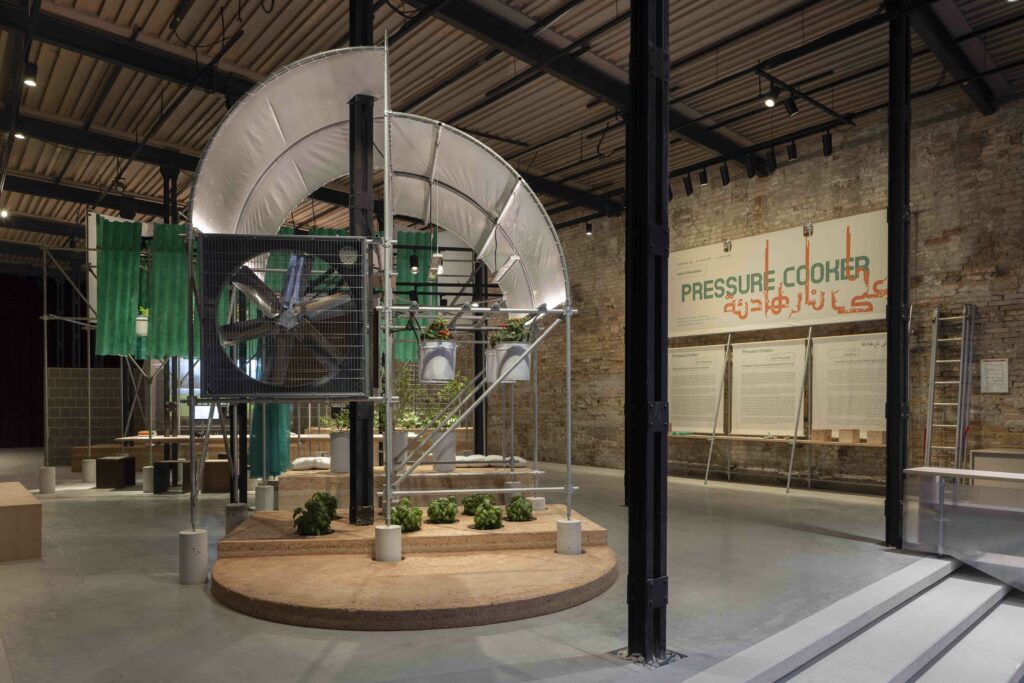
The concept is both deeply local and profoundly global. Research from the UAE meets the conditions of Venice, showing how adaptable architecture can bridge vastly different climates. The accompanying publication, Pressure Cooker Recipes: An Architectural Cookbook, blends essays, research, and design in a format that’s as accessible as it is thought-provoking.
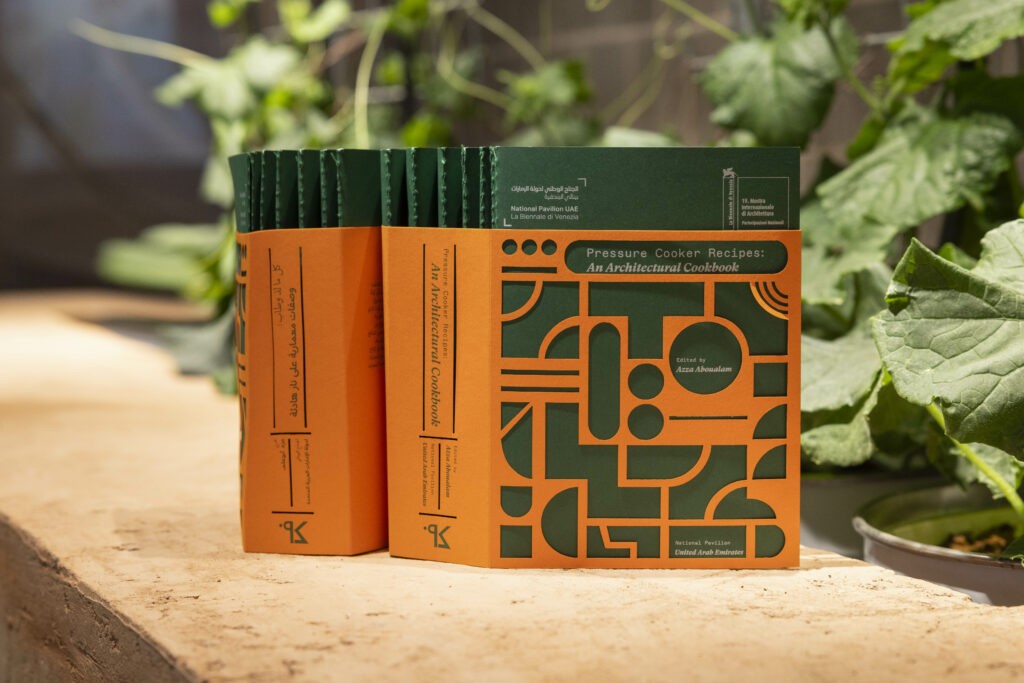
A slow burn in every sense—Pressure Cooker is a metaphor for resilience under pressure, for cooking ideas over time, for nourishing not only our bodies, but our cities.
The Pavilion has been commissioned by the Salama bint Hamdan Al Nahyan Foundation and supported by the UAE Ministry of Culture.
